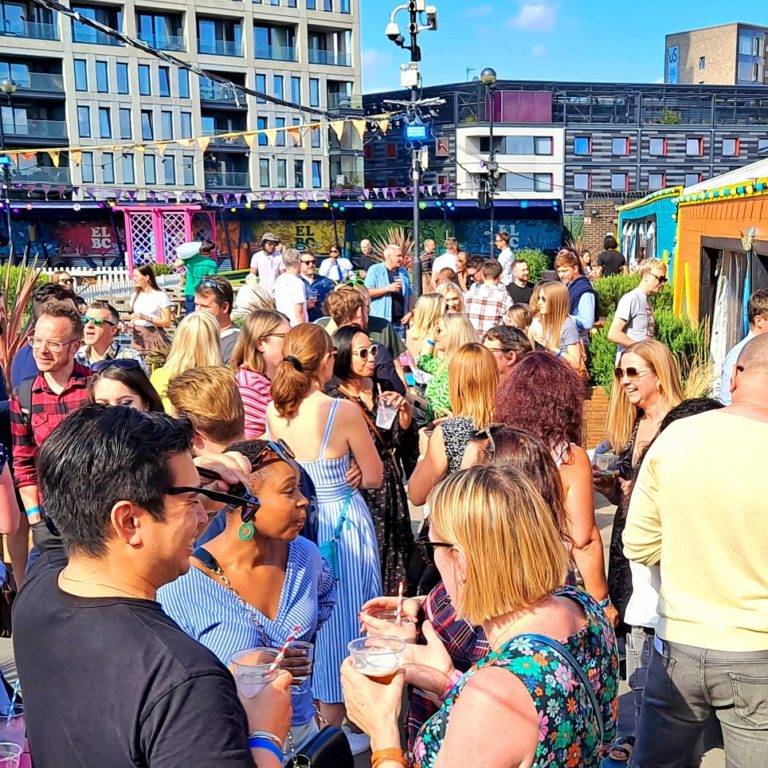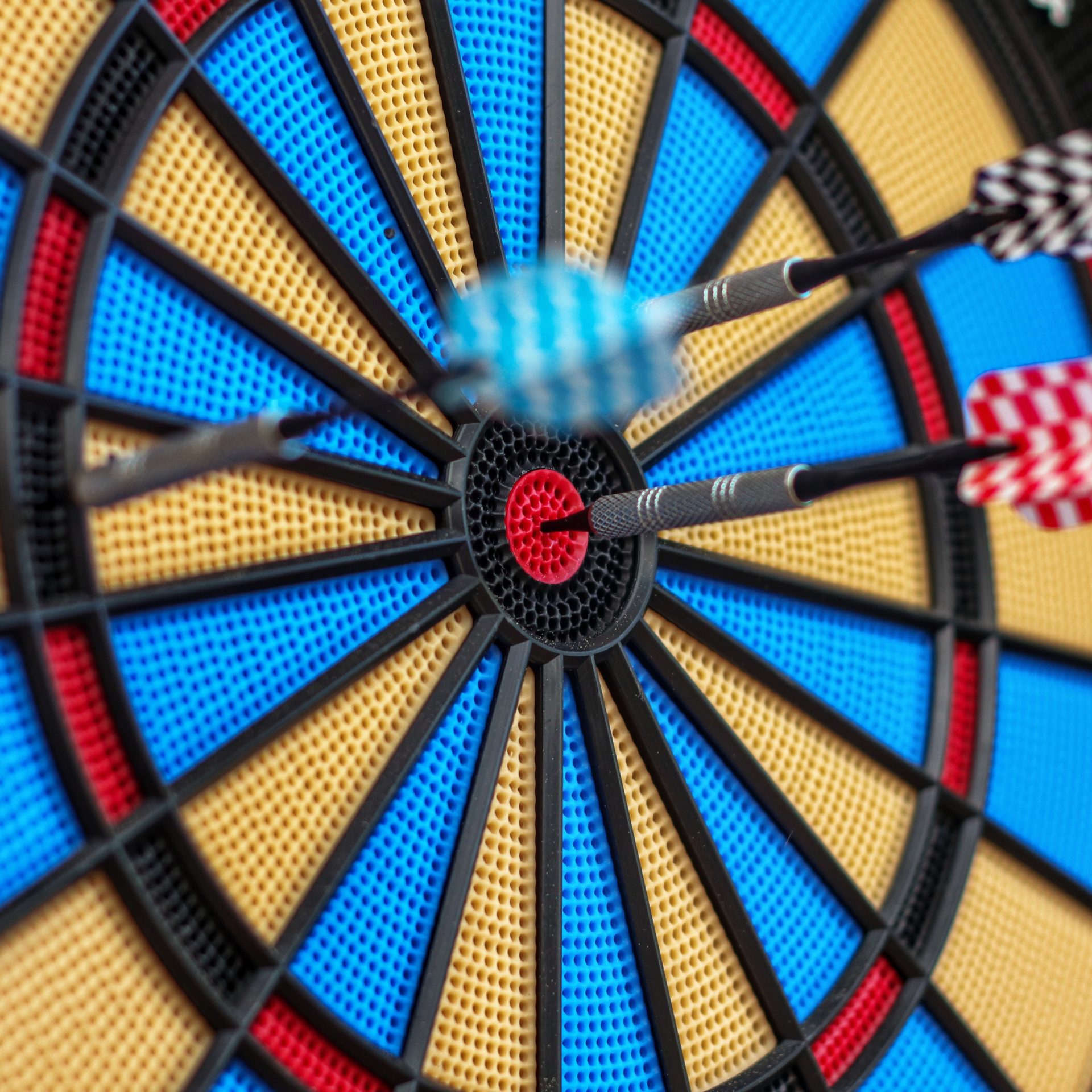For people that want to start building effective agency relationships but are unsure how to get started
Where we are now
The relationship between advertising and research goes back to the 1960s and the advent of account planning. Ever since clients started to pull research outside of agency walls in the 80s, effectively creating an alternative industry, this relationship has become increasingly strained. But why is this, and what can we do about it?
What we want is movement from a linear, regressive model to something that is more fluid, inclusive and productive...
Different people will cite different reasons for this: researchers not getting strategy and the agency model, and giving too much info and not enough insight. On the flip side: creatives sceptical of the role of research in creative development, clients keeping agencies and researchers apart, obsessing with data over human instinct, testing too much, and spending too much trying to predict behaviour rather than understand it.
To a degree, there are merits in all these arguments. We can either accept this situation or try and do something about it. We prefer to do the latter.
6 principles for success
We have learned that there are six key principles to deploy when tackling these challenges and building successful relationships between agencies and research consultancies.
1. Have a strong service model set up for working with agencies. Our business is essentially split into two: we have a brand business and an agencies business. The brand team works directly with businesses such as Deliveroo, Heineken, Sainsbury’s. The agencies team work directly with comms, PR, design and media companies. In both cases our consultancy offer sits at the heart of the process, meaning we plug insight directly into agency account teams, as well as working with clients to optimise consumer planning and marketing.
2. Elbow your way into agencies. Our model allows us to get deep inside agencies and build up a solid understanding of how they work, and different agency cultures. We understand that agency clients work differently, have different expectations, and need more flexibility when it comes to delivery. This is the first step to building trust and integrity, and it is a key reason for our high levels of repeat business in the agency space.
3. Be literate. Building credibility from the outset is critical to winning respect and ensuring you can work together as a team. First and foremost, you need to recognise that the agency’s job is to come up with strategy and execution, and the researcher’s is to provide insight to do these things more effectively. This means understanding go-to-market strategies, understanding how to build and read a creative brief, understanding the importance of measuring effectiveness in the “right” way. This allows you to build high levels of confidence within brand teams, whilst keeping their agency sweet. Always a good skill to have.
4. Identify the experience and creds you have in the business. Literacy relies on having expertise. Pooled together we have over 200 years of senior experience working in comms strategy, planning, creative development and testing. But we complement this by sourcing expertise across the business. It is important for research consultancies to understand the talent they have in their business. Are you getting the best out of your staff? Is talent going unrecognised? It is not uncommon for natural creativity to go untapped in research, meaning many consultancies are not optimising the support they provide in campaign strategy and creative development.
5. Be clear about the value equation. One thing is clear – the quality of output generated by many research companies is not fit for purpose, and is the frustration point for many agencies. It’s something we hear back from them every day.
Ultimately this is down to a number of things:
- Lack of up-front planning to ensure brand team, agency and researcher are “on side” when it comes to business challenge, and role of campaign
- Lack of communication throughout, meaning emerging hypotheses and ideas are not fed into the process as it evolves
- Lack of creativity at the design stage, and limitations in approach, can restrict the type of data / insight generated. This could be the fault of the client as much as the researcher
- Restrictions in the perceived role of the researchers, i.e. how much licence do they feel they have when it comes to challenging and progressing work?
- The extent to which the research team understands how advertising and media work, and can therefore package up output in a way that makes sense for the agency
- The increasing lack of genuine “insight” in communications research, leading to a lack of action
The researcher should see themselves as an extension of the planning team. They should exist to come up with ideas and suggestions that can be directly fed into strategic and creative thinking. Savanta’s promise is about informing and inspiring clients through the work we do. This means “not” providing the agency with more questions than answers but ensuring our understanding of the brief means we can explain what data means, not simply what it says.
6. Have a philosophy and live it. Savanta is all about challenging things. If something doesn’t work, don’t carry on doing it. If something works ok but could be better, make it better. If you don’t agree with something, provide a better alternative. Be on the front foot, be proactive, come up with things before your client is thinking them, and challenge them to think differently. Disagree if you feel the need to but do it agreeably.
Whilst we do a lot of work in the agency space (direct or indirect), we always feel we can improve. We can work harder to address the issues highlighted above, and ultimately help clients produce better work. This involves bringing back a bit of old normal; being confident in your convictions and holding your ground when being challenged at the table. It’s about setting your stall out early in the relationship, quickly establishing your credentials and proving you’re on the same level, and able to establish a “peer” type position, as opposed to supplier. The agency will respect you for it, and that sense of respect will follow you around.
Where we want to get to
Our challenge now is to take this expertise and encourage clients to facilitate a more open relationship that brings the research, agency, and brand teams closer together, both in and out of project time.


Ideally, what we want is movement from a linear, regressive model to something that is more fluid, inclusive and productive, and designed to build trust and confidence over time. Opening up the conversation, sharing knowledge and expectations, building in feedback loops, working together for the collective good and enabling people to feed off each other. A key problem with the linier process is that it stops the researcher immersing in the sensitivity of a campaign. Finding key things out about the creative “post” research really isn’t helpful, it puts the researcher in a difficult position, and undermines the usefulness of the work.
There are a number of ways to ensure this approach is effective:
- Comms modelling sessions with brand and agency teams – designed to interrogate all elements of the creative brief, share goals, develop key hypotheses and effectiveness KPIs
- Creative re-wind – where we review previous campaigns / creative to build up a picture of the brand’s evolution, and supporting strategy
- Stimulus clinic – agreeing on the right type of stimulus to go into research, based on the approach (as opposed to being handed stimulus the day before we go live)
- Questionnaire and guide design – working together to ensure the “right” areas are all in play, with the fat cut out
- Secondments – opportunity for a member of the research team to sit in the agency for a period of time during the project, and vice versa
- Learning sessions – where we introduce new ideas and approaches and explore how they can be used as better alternatives to existing methods, e.g. improv in creative development.
There is lots more we can be doing. There is lots more the industry can be doing. We have had some genuine successes in recent times through pushing this more triangulated agenda. It’s not complicated, but it takes commitment and belief to carry it through and realise its benefits.
Matt Arnold is a SVP at Savanta. If you’d like to hear more about our work with agencies, or our experience working in advertising, PR and media, then please get in touch at [email protected].





